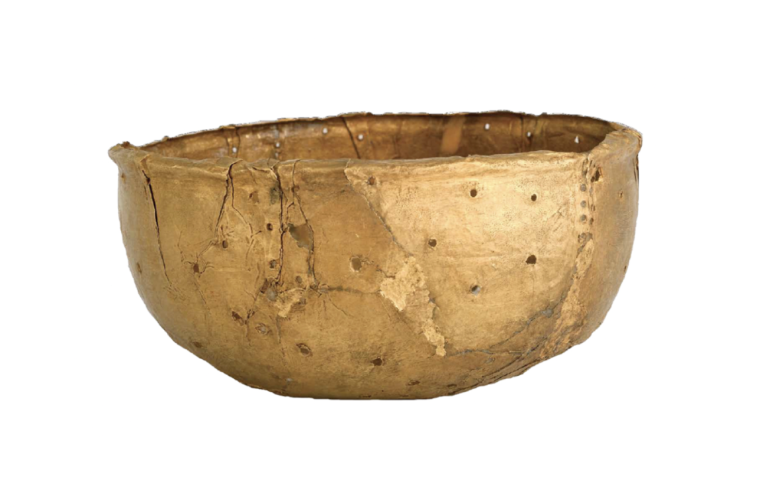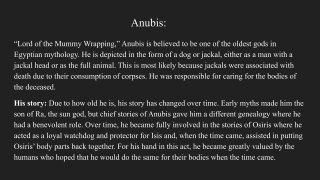
Original Gold Grave
Original Gold Grave (M1 A620), Mapungubwe Hill. AD 1250 – AD 1290. 78.09g, 140.21mm x 61.26mm. Mapungubwe National Heritage Collection
The gold bowl or vessel was unevenly hammered out from a single sheet of thin gold foil, and then folded and pleated into a hemispherical shape and held in place with tiny gold tacks or nails, many of which have been deformed by the hammering process and the perforations are clearly visible in the gold foil. The actual function of this vessel remains unknown (a gold bowl for ceremonial purposes or a gold headdress for the wealthy), but it carries symbolic value as a sacred burial object that was once associated with the elite, who lived and were buried on Mapungubwe Hill.




